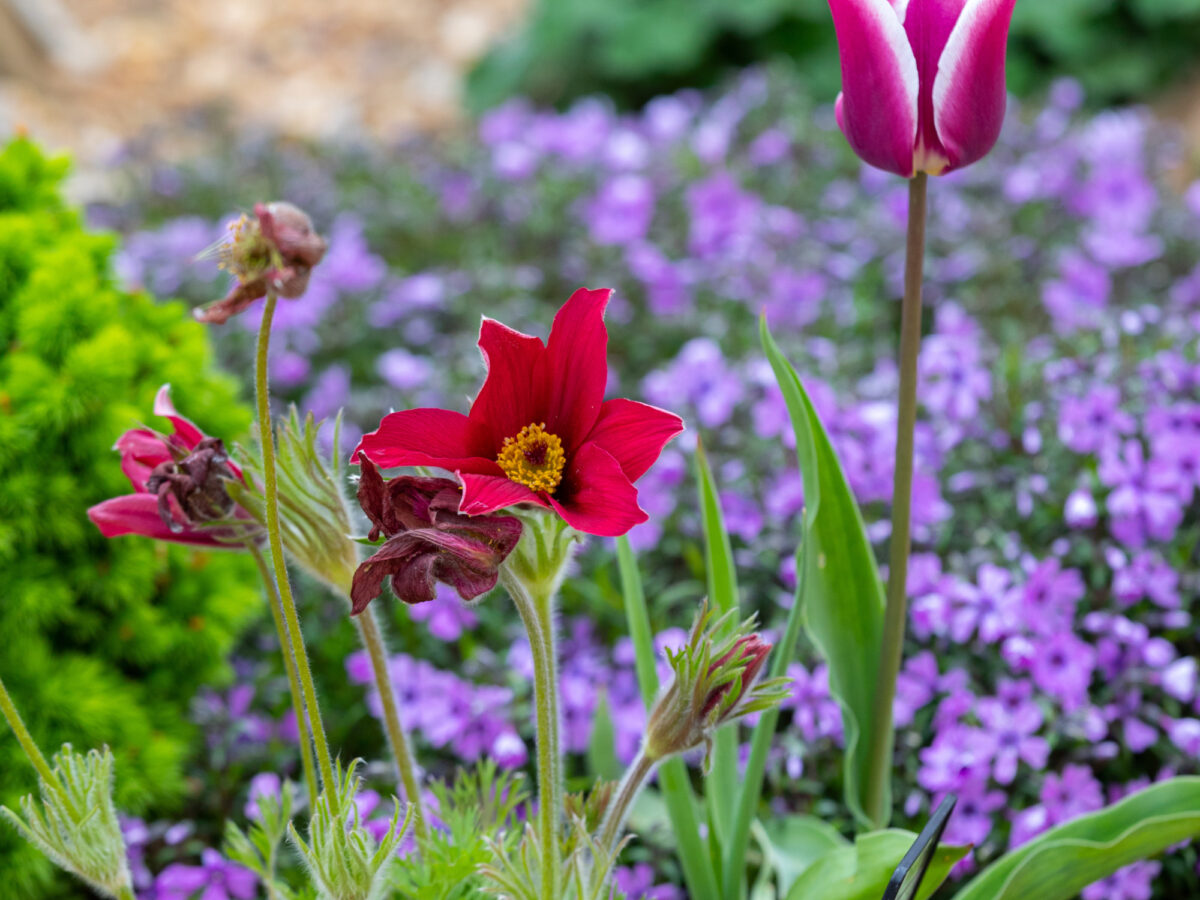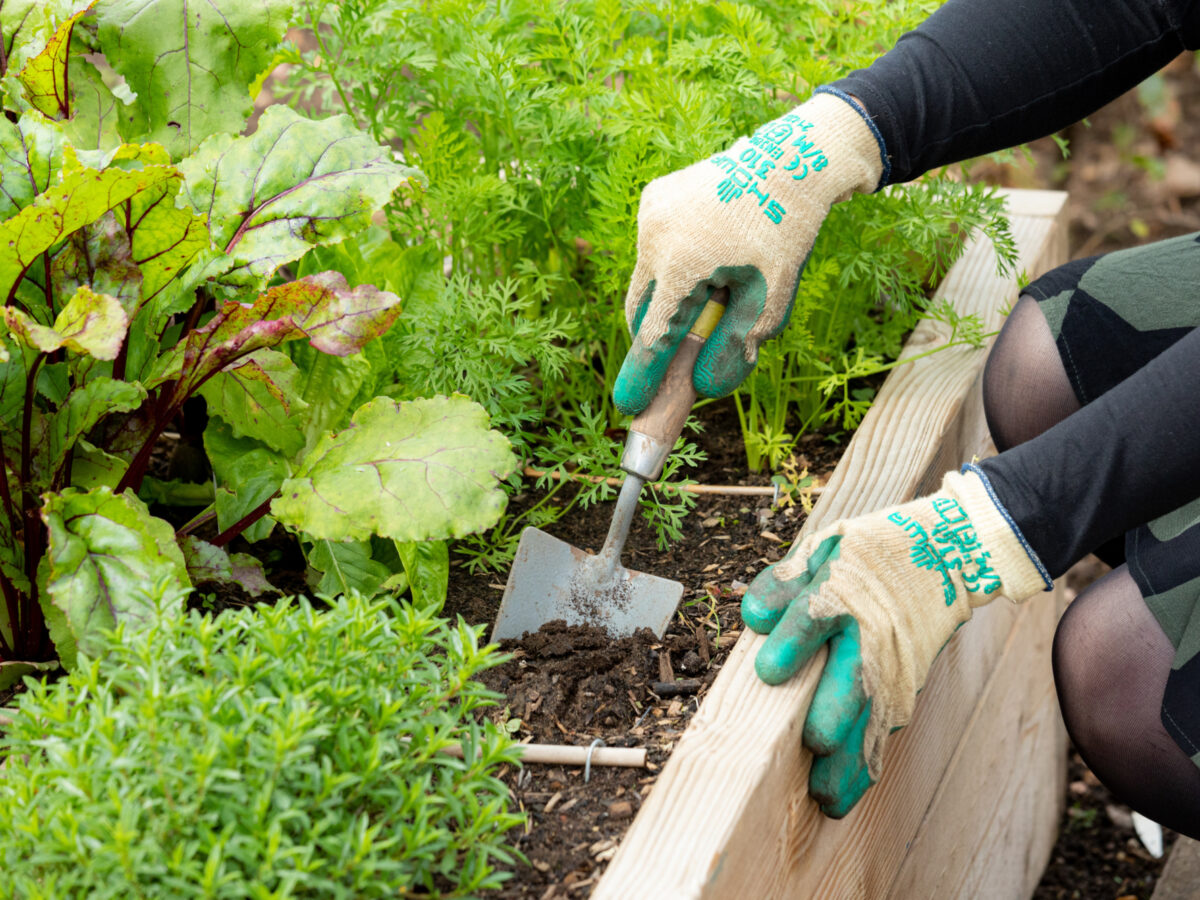Fruit growing guides
For more on how to grow:
-

How to grow lawns
A lawn or patch of grass is not just a blank green carpet, but composed of thousands of separate plants. Organic lawns can feed birds and insects, as well as hosting flowers. And you can still mow, sit or play on it!
-

How to grow flowers
Flowers are often referred to as ‘ornamentals’, but they don’t just look good, they can be an essential part of your organic growing, attracting beneficial insects, used in companion planting in your veg patch, and some you can even eat!
-

Green manures growing guides
Green manures are quick growing, so the process is simple. You sow, they grow - and then you dig them in. In just a few weeks green manures can benefit the soil. In these guides, learn how to make green manures work for you and your garden.
Frequently asked questions
-
Fruit bushes can be moved when they are dormant. This is best carried out November to December or in March. It is best to move the plants to their new site after lifting, rather than storing plants in pots first.
Prepare the new planting site well, incorporating some well-rotted garden compost into the planting hole. Plant no deeper than the original soil mark on the stem, with the exception of blackcurrants which should be planted 5cm (2in) deeper. Ensure that plants are watered well throughout the coming year, especially in periods of drought.
If you have to store bushes in pots, lift the plants with as much root as possible. Winter time would be a good time to carry out any pruning on the plants. Reducing some of the top growth will help the plant to compensate for some of the roots it has lost. Plant into large pots, don't cut the roots to make them fit into smaller pots.
-
They should blossom again and fruiting will then not be affected. Gardeners can easily see if there are fruit buds remaining on the trees. These will produce blossom this spring and fruit in the late summer and autumn. There may be less blossom than usual but as each bud contains several flower and fruit buds, even after thinning, overall yield should not be affected.
-
If your apple trees are not growing well and the fruits are small, it often indicates a growing problem. Roots are the main source for the tree to absorb nutrients and water. Poor growing conditions will stunt the growth of the tree as a whole. We suspect that the trees are struggling for light, air and nutrients as they are in competition with the hedge and the grass surrounding the base of the tree.
There should be no competitive growth around the base of young trees. Carefully remove the grass from around the tree trunks, so that the trees stand in a circle of bare soil, 1 metre in diameter. Next spring when the soil has warmed up, apply a top dressing of garden compost (two spadefuls per square metre) keeping a clear area of roughly 15cm (6in) diameter round the tree trunks. Cover with a mulch of straw or hay up to 10cm (4 in) deep. The mulch should be removed every winter. The trees would also benefit from a soil conditioning, low-nutrient mulch like leafmould applied in the following winter.






